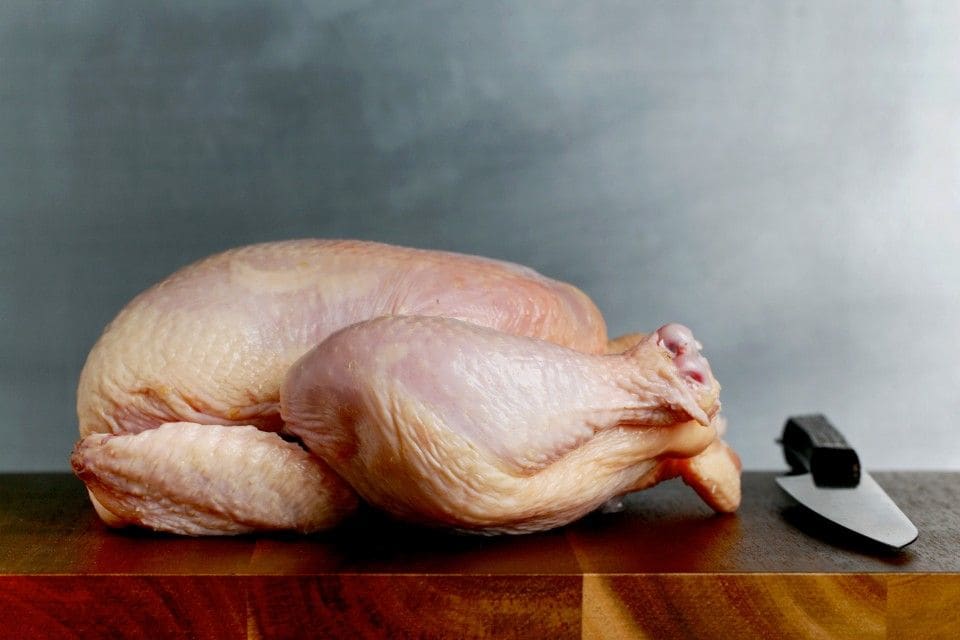The Washington Post: The alleged conspiracy to fix the price of chicken meat, explained
by Caitlin Dewey | February 1
The two largest food distributors in the United States declared war Tuesday on Big Chicken, alleging in two separate lawsuits that poultry producers have conspired to drive up chicken prices across the country.
The producers — Tyson, Perdue, Pilgrim’s Pride and Koch Foods among them — control well over 80 percent of the U.S. chicken supply.
The food distributors, Sysco Corp. and US Foods Holding Corp., claim that the producers coordinated among themselves to keep chicken numbers low and chicken prices high, even going so far as to slaughter the hens whose eggs produce chickens for consumption.
While dramatic, the allegations are not new: This is the third suit in less than two years to allege the existence of a widespread chicken price-fixing conspiracy. Poultry companies have denied the claims. The cases, meanwhile, are still pending.
Below, a guide to the alleged cartel — and how it may have upped the price of your chicken. Ultimately, critics say, this is a lesson in industry consolidation.
What do the lawsuits claim Big Chicken did?
All three lawsuits make similar allegations against the country’s largest chicken processors: Tyson, Pilgrim’s Pride, Sanderson Farms, Perdue and Koch Foods, among others. The first suit was filed by the food distributor Maplevale Farms in September 2016, and the second was filed by grocery chains Bi-Lo Holdings and Winn-Dixie Stores in January. Sysco and US Foods, the latest plaintiffs, declined to comment on ongoing litigation.
As in any other industry, chicken companies are competitors. But beginning in 2008, the lawsuits say, they began a coordinated effort to cut the country’s chicken supply to drive up wholesale prices.
Some companies closed processing plants or laid off plant workers, the suits claim. Others broke eggs before they hatched, slaughter or exported egg-laying hens, and young chickens before they grew to the typical size for market.
Between 2008 and 2009, the number of broiler chickens produced in the United States fell by almost half a billion, according to the Agriculture Department. While those numbers have since risen, they haven’t hit their 2008 high again.
How was this alleged plot coordinated — or could it have been a coincidence?
U.S. District Judge Thomas Durkin weighed in on this question when he denied a request to dismiss one of the price-fixing suits in November: “Both plaintiffs’ allegation of a conspiracy, and defendants’ innocent explanations,” he wrote, “could be described as plausible.”
The food distributors claim that chicken companies were in close coordination — initially via industry conferences and meetings, and later by manipulating two data services that show how many chickens, and at what price, other companies are producing.
The Georgia Dock index bench marks the price of chicken for supermarkets and other retailers. Maintained by the Georgia Department of Agriculture and based on a survey of eight large poultry companies, the index was suspended in late 2016 after state employees became worried that firms were inflating their reported prices, driving up prices.
The other service, and the one that matters most in cutting flocks, is a detailed industry report produced by the firm Agri Stats. By subscribing to the report, the lawsuits allege, each chicken company can see exactly how many breeding hens and eggs their competitors have — a good indicator of how many chickens they’ll hatch, and a signal to cut the company’s own production.
What do the chicken companies say?
In a statement, Tyson spokesman Gary Mickelson dismissed the latest lawsuit, much as the company has dismissed the two previous ones.
“Follow-on complaints like these are common in antitrust litigation,” Mickelson said. “Such complaints do not change our position that the claims are unfounded. We will continue to vigorously defend our company.”
A spokeswoman for Sanderson Farms said the company will “vigorously defend” itself. The other poultry companies did not immediately respond to requests for comment. According to court filings, however, all deny collusion.
Has this made chicken more expensive for consumers?
The retail and wholesale price of chicken rose slightly over the period described in the lawsuits. In 2007, the year before the alleged conspiracy began, chicken cost $1.36 per pound at retail in 2017 dollars, according to data compiled by the National Chicken Council and adjusted for inflation by The Washington Post. That spiked to a high of $1.61 in 2014 before falling again.
It’s unclear, however, whether that price increase is the result of actions taken by the chicken companies. A number of factors, including consumer demand and the price of feed, play into chicken cost.
Whatever the cause, the rising price of chicken has probably hurt food distributors like Sysco the most. Both companies have complained about rising commodity costs in recent earnings calls and investor reports.
Is anyone looking into this, besides the courts?
The Securities and Exchange Commission and the Florida attorney general opened investigations into chicken companies in 2017. While the Florida investigation is still ongoing, the SEC concluded its investigation in August without pursuing any enforcement action, according to Tyson.
Critics of the poultry industry blame the problem on market consolidation. According to data compiled by WattAg, a poultry industry publication, three companies produce 46 percent of America’s chickens, while the top 10 producers control almost 80 percent of the market.
The journalist Christopher Leonard has argued that chicken companies have grown so powerful they don’t need to collude.
“In the 1960s, no single poultry company had enough market share to be able to cut supplies enough to raise prices,” he writes in his book “The Meat Racket.” “Today, they do.”
